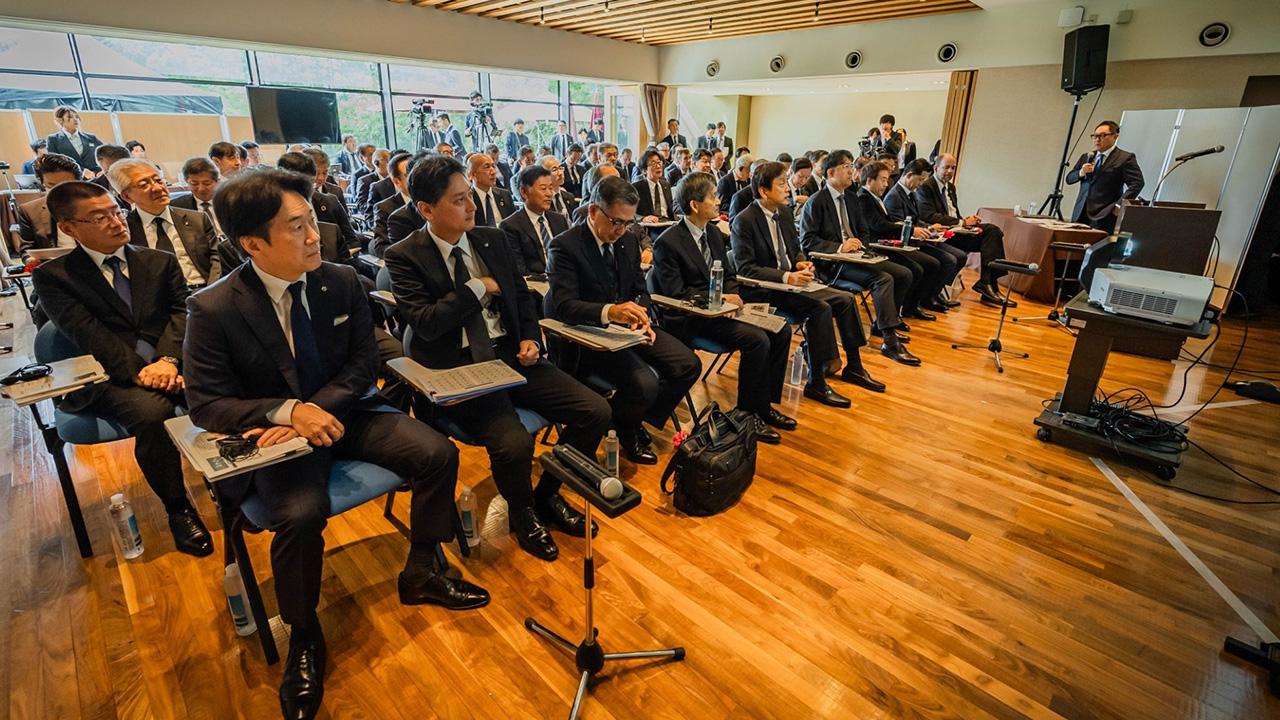
The Tateshina Meeting returns after a four-year break, with the shared desire to eradicate accidents as strong as ever. Cross-company discussions sought to learn from the past, and to shape the future.
Cars, people, and traffic environments: a three-pronged approach
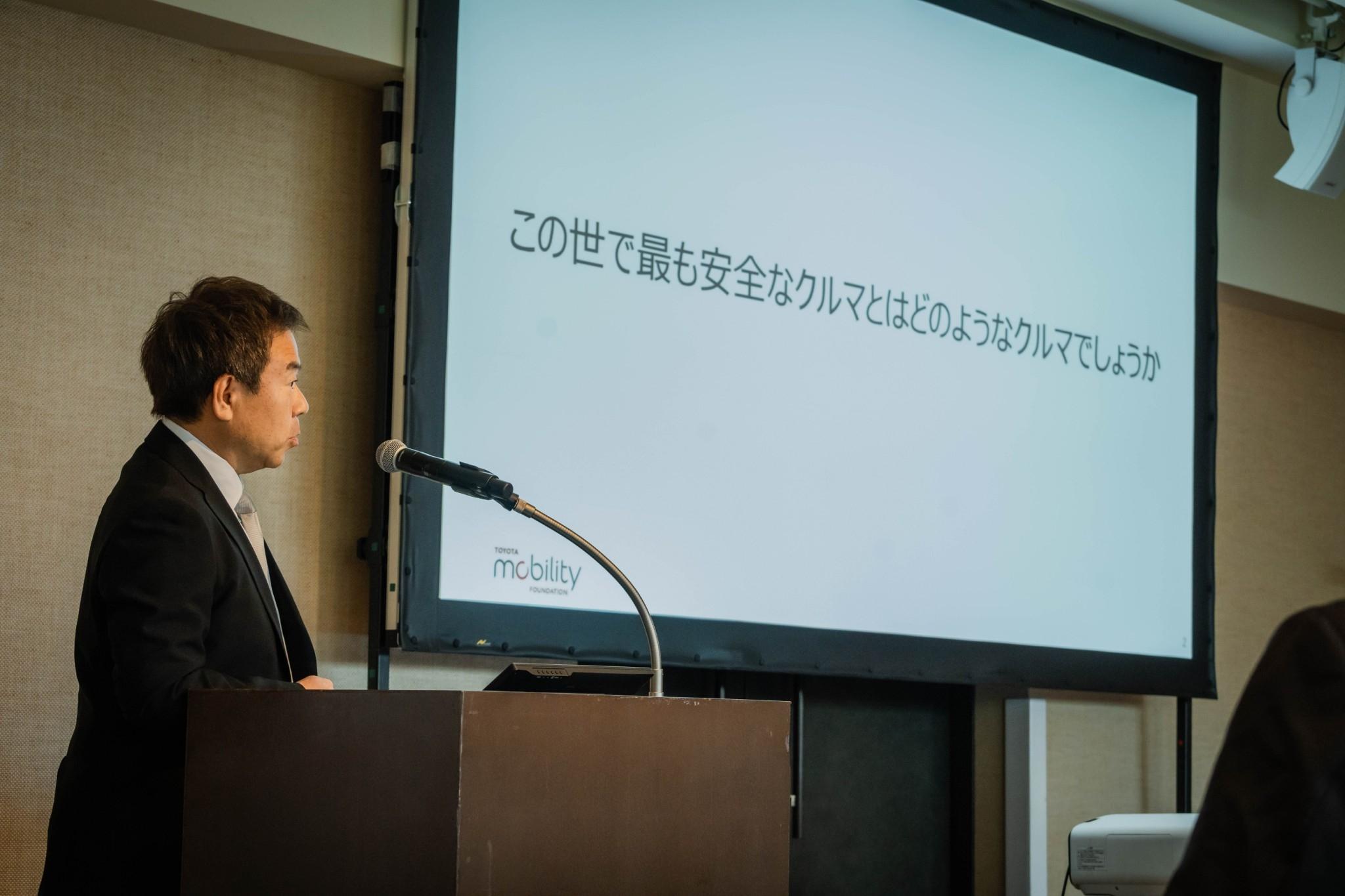
Okazaki noted that global traffic accident casualties had reached 1.3 million in 2021.
“We are being called upon to reduce that figure to half, one-tenth, and then to zero through sustained efforts,” he continued.
As examples of these “sustained efforts” in Japan, Okazaki described how advances in vehicle safety have been accompanied by measures targeting people and infrastructure, including traffic safety education and 30 km/h zones.
As a result, the number of traffic accident casualties has fallen from 16,765 in 1970, the year of the so-called “First Traffic War,” to 2,636 in 2021.
“A three-pronged approach to safety measures is absolutely crucial in achieving traffic safety,” said Okazaki. “If any one side is lacking, measures will not be effective.”
Okazaki pointed to the fact that, although traffic accident casualties are decreasing, the decline has slowed and started to plateau in recent years.
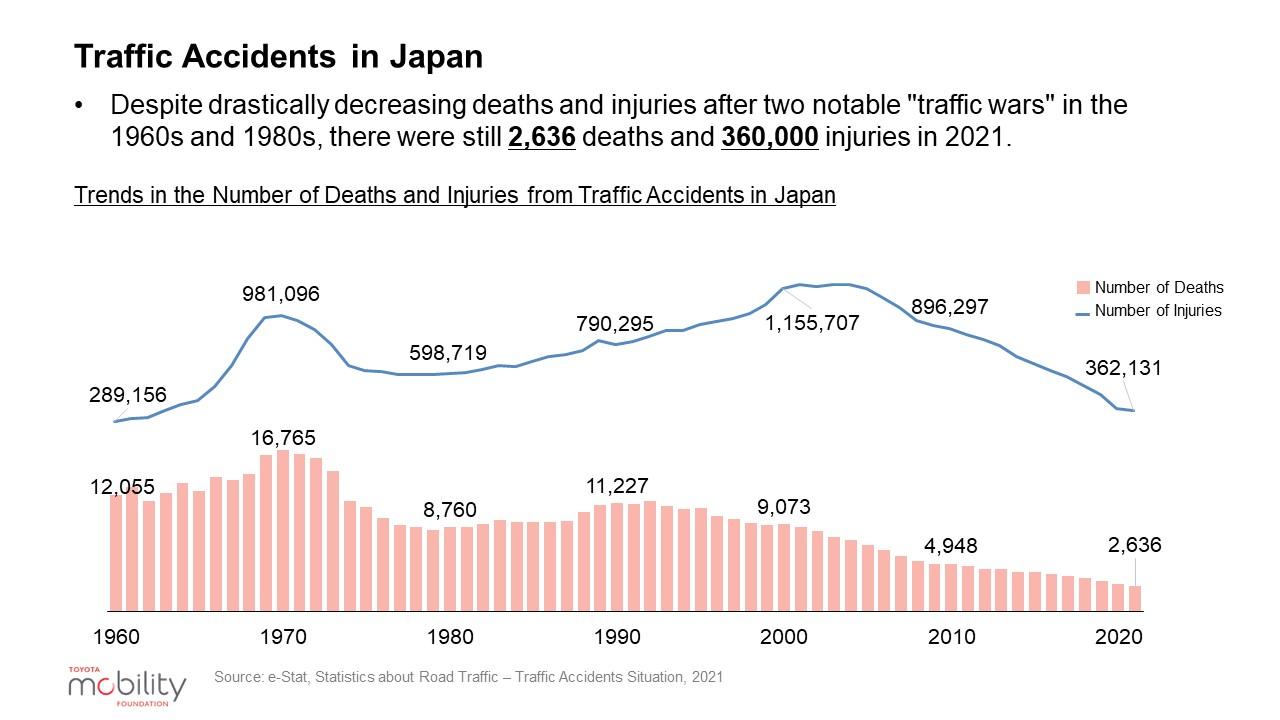
He also showed that older adult pedestrians and cyclists make up a growing proportion of casualties, concluding that the situation “calls for new and different approaches.”
After Okazaki’s presentation, Chairman Toyoda turned the microphone over to Executive Fellow Takeshi Uchiyamada, who had witnessed the evolution of Toyota’s cars as an engineer.
Uchiyamada cited the example of the Shinkansen, which has recorded zero casualties in over 50 years thanks to the simple solutions of having no railroad crossings, dividing sections to ensure safe distances at all times, and maintaining the tracks at night. “We too can achieve the same if we really put our minds to it,” he remarked before also touching on environmental factors.
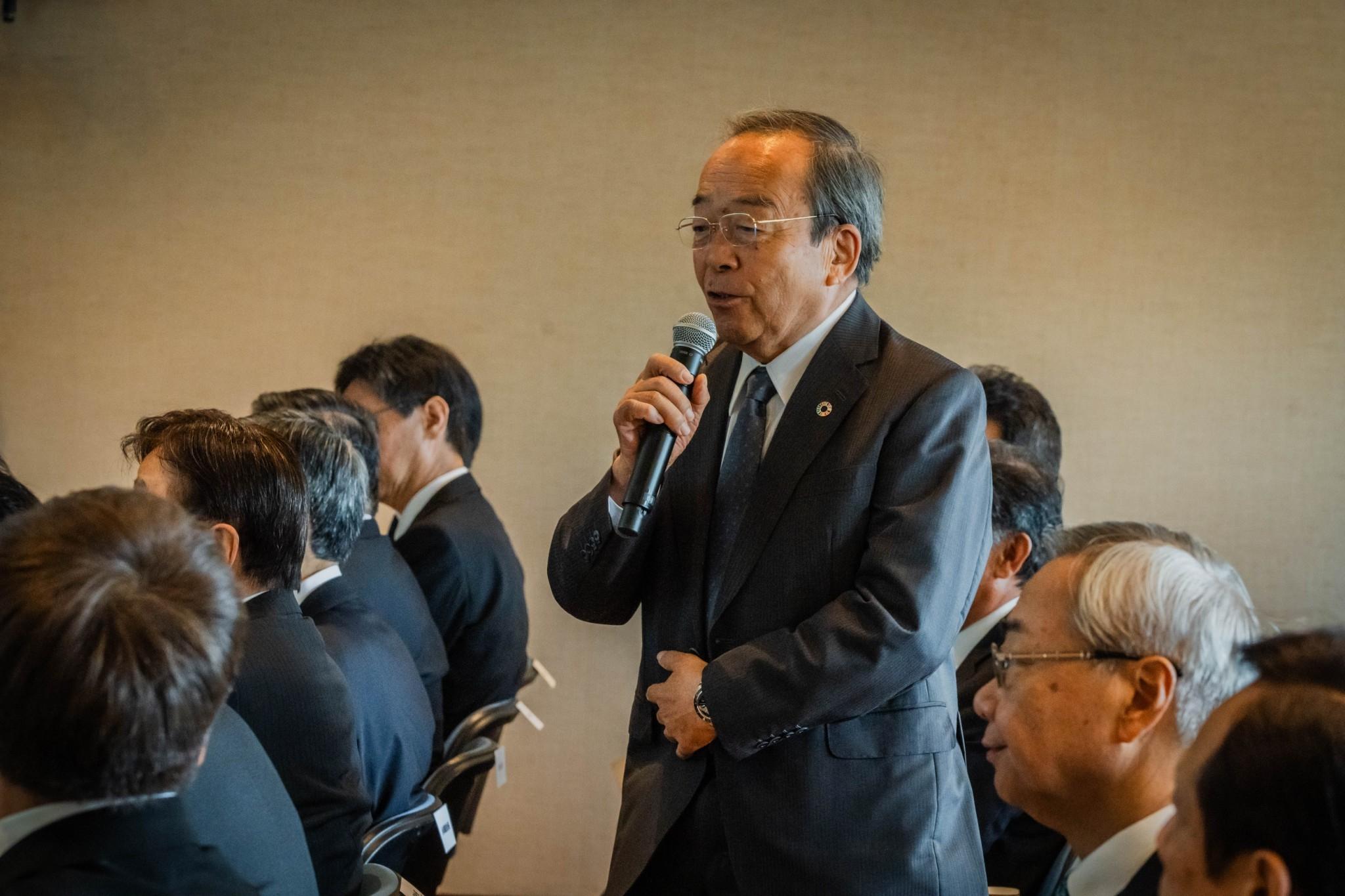
Mr. Okazaki spoke of a three-pronged approach involving cars, people, and infrastructure.
In recent years, ADAS (Advanced Driver-Assistance Systems) safety technologies in cars have helped to reduce the number of traffic accidents.
However, because the people now losing their lives—older pedestrians and cyclists—are those outside the vehicles, on the car side, the key lies in how quickly we can identify them and respond, whether by braking or steering.
Something else that has struck me in recent years, in terms of the environment, is how little Japan’s road conditions have changed since the second peak, even though older adults, pedestrians, and cyclists are so clearly involved in accidents.
Despite having an aging society, our road environments have not adapted, with bicycles and scooters required to ride on the streets, where they must merge with regular car traffic. Of course, our job is to develop cars, but I believe we can also do much more on the environmental side.
Drivers also play a role in advancing safety technology
The day’s second speaker was Hiroshi Mushigami, Senior Vice President of Woven by Toyota. Addressing the need for new initiatives identified by Okazaki, he explained how vehicles are becoming more intelligent by utilizing real data obtained while driving.
According to Mushigami, vehicle intelligence relies on data, and safety is improved by collecting, searching, and machine-learning information from a variety of near-miss situations, such as sudden braking or swerving.
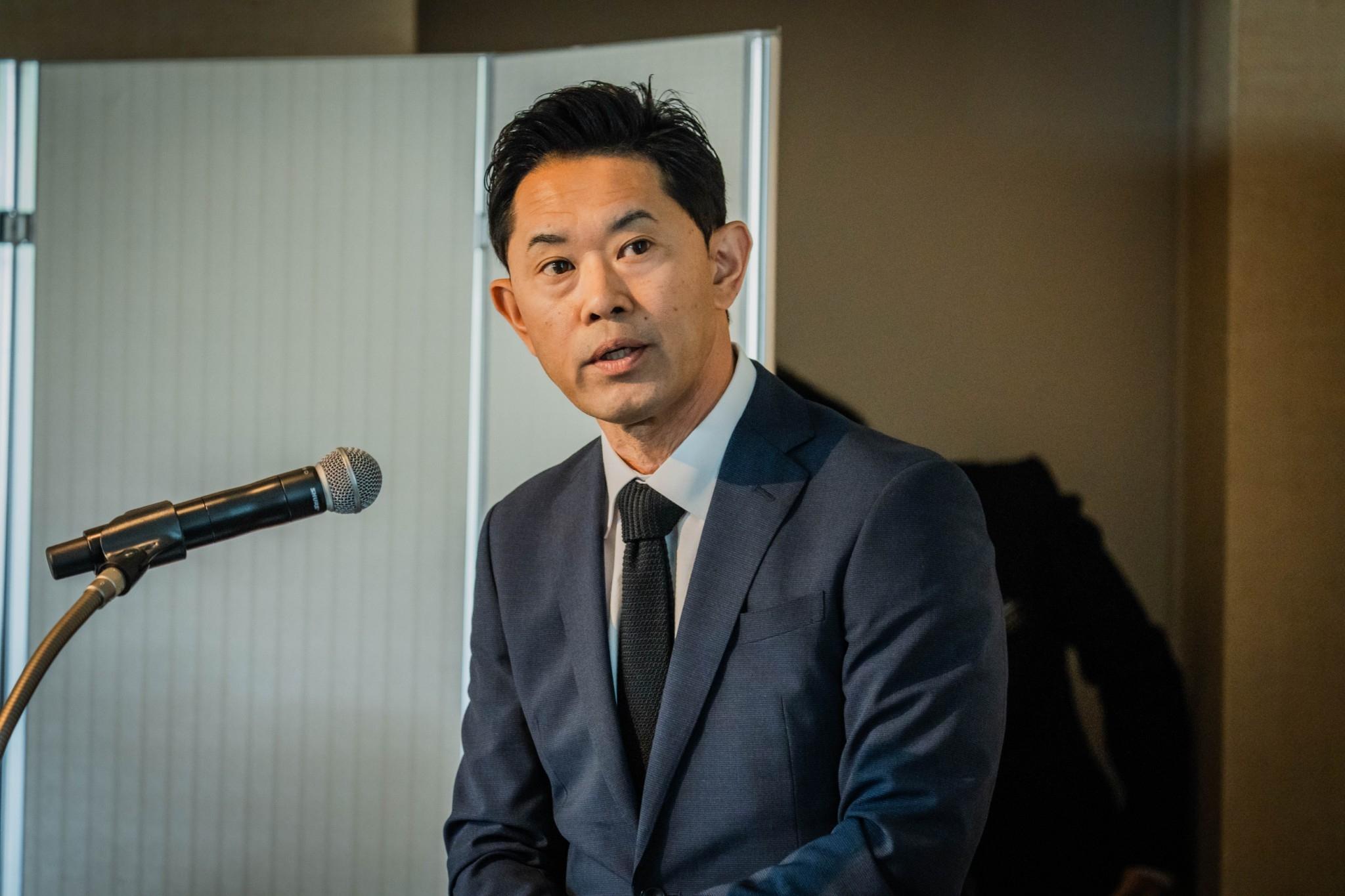
Whereas in the past this cycle spanned some 20 months, Mushigami explained how advances in technology have “enabled us to improve recognition performance 20 times faster” by collecting and machine-learning data from customers’ vehicles.
He also presented results showing that improved recognition performance leads to early detection and avoidance of accidents.
At the same time, there are also challenges.
Advances in intelligence are difficult for manufacturers to achieve on their own—we need data from diverse customers. However, this also brings significant complications, such as ensuring customer privacy. As such, I believe the key lies in gaining customers’ empathy, trust, and participation with the idea of creating a safer and more secure society together.
Another issue is cost. On the vehicle side, costs are ballooning from year to year, including data transmitters, computing power, and memory capacity, as well as the expense of sending images and processing them in the cloud.
When Toyota Central R&D Labs CEO Nobuhiko Koga asked about the specific barriers to customer involvement, Mushigami expressed concern, saying, “With data privacy becoming a sensitive topic, customers may be increasingly reluctant (to provide data).”
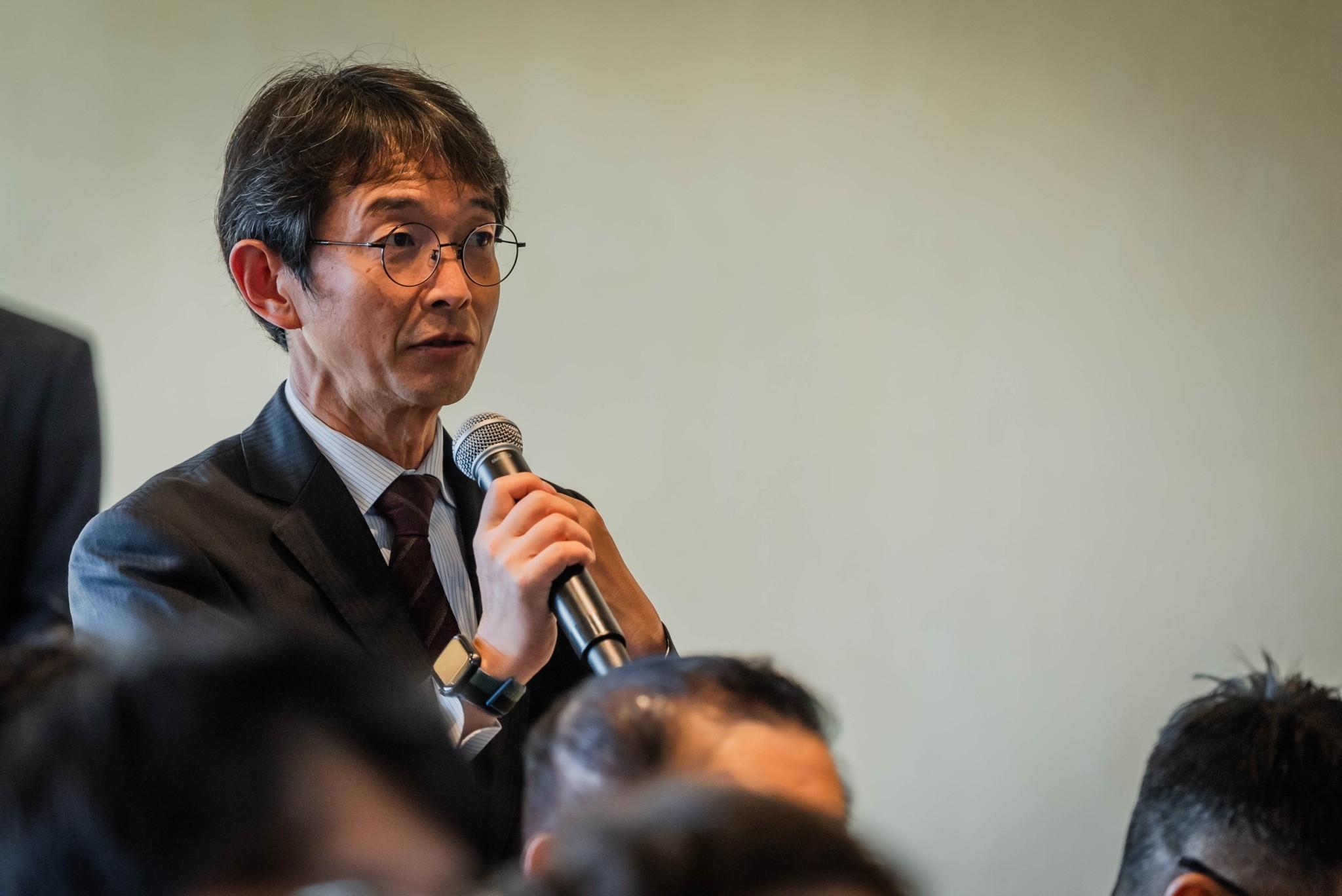
CEO Koga echoed the need for the industry’s 5.5 million stakeholders to promote a “collective effort in driving the development cycle for intelligent cars as a way to create a safer society.”
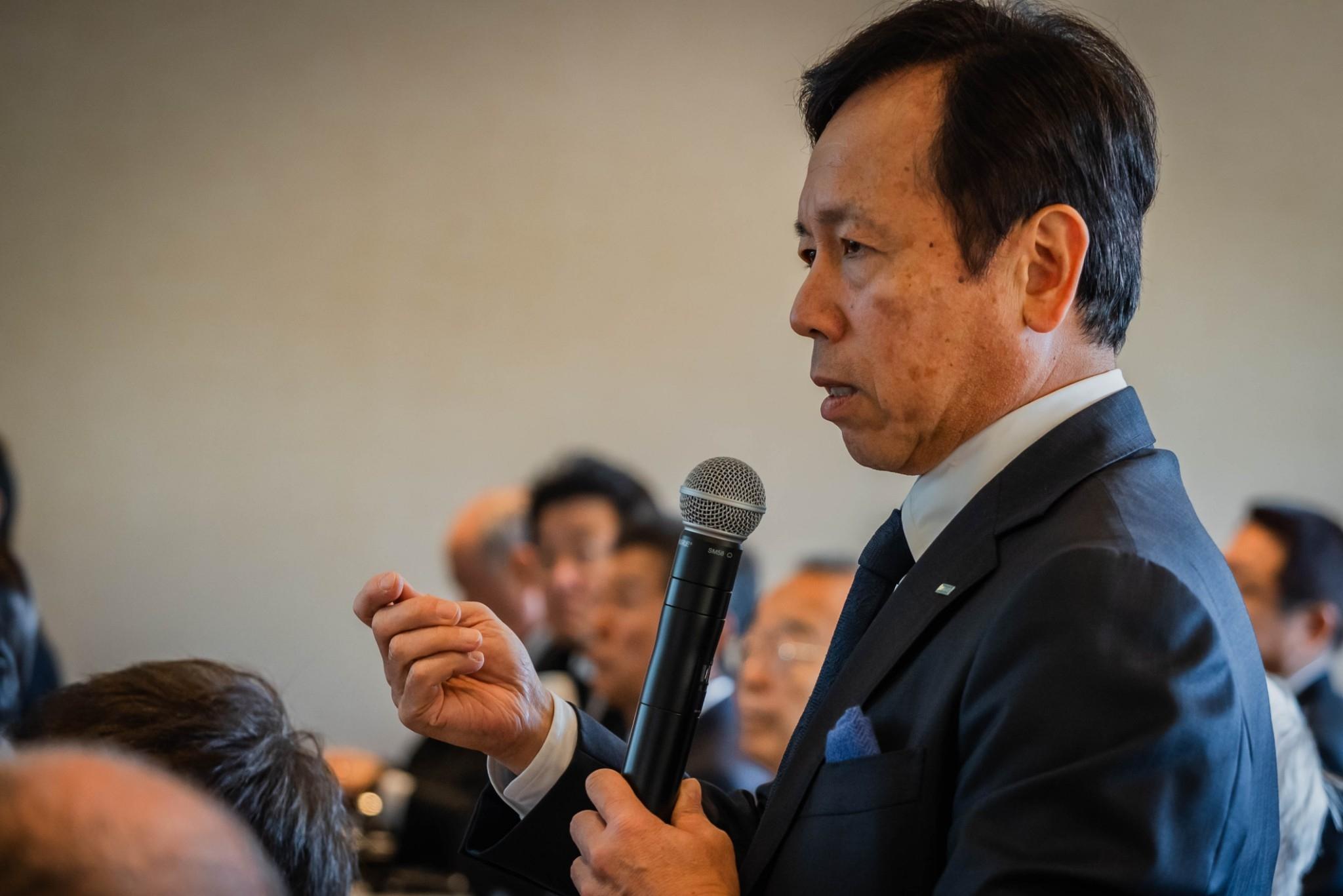
Meanwhile, Mitsui Sumitomo Insurance President Shinichiro Funabiki asked about the role that insurance companies are expected to play. He agreed with Mushigami that incentives could be offered to safe drivers as a way to spur customer engagement.

